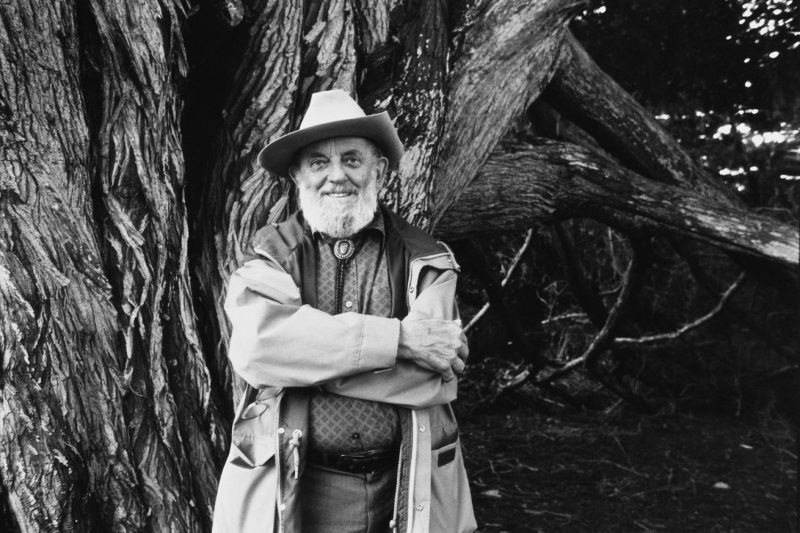In recent times, the incredible advancements in artificial intelligence (AI) have opened up new avenues for creativity and innovation in various fields. However, the intersection of AI and creative endeavors has also raised complex ethical questions and sparked debates about the boundaries of artistry, originality, and authenticity. One such ethical dilemma came to light when Adobe, a prominent software company known for its creative tools, faced backlash for selling images generated by AI in the style of renowned photographer Ansel Adams.
Ansel Adams, a legendary figure in the world of photography, is celebrated for his iconic black-and-white landscape photographs that capture the grandeur and beauty of the natural world. His work is not only highly acclaimed but also deeply cherished by photography enthusiasts and art connoisseurs around the globe. The distinctive style and artistic vision that Adams brought to his images are considered unparalleled and have inspired generations of photographers to strive for excellence in their craft.
Adobe, leveraging the capabilities of its AI technology, developed a tool that could replicate the aesthetic of Ansel Adams’ photography. This tool, powered by sophisticated algorithms, analyzed Adams’ photographic style, composition techniques, tonal range, and lighting to generate images that closely mimicked the look and feel of his iconic works. While the AI-generated images bore a striking resemblance to Adams’ original creations, they lacked the essence of his artistic vision and the emotional depth that characterized his work.
The controversy surrounding Adobe’s decision to market and sell these AI-generated images as Ansel Adams-style pieces stemmed from concerns about artistic integrity, copyright infringement, and the commodification of creativity. Critics argued that by mass-producing images imitating the style of a renowned artist like Ansel Adams, Adobe was undermining the value of originality and creativity in the art world. They raised questions about the ethical implications of AI being used to replicate the artistic signatures of famous creators and whether this could devalue the legacy of established artists.
Furthermore, the issue of intellectual property rights and copyright infringement also came into play. While the AI-generated images may have been algorithmically produced, they still bore a significant resemblance to Ansel Adams’ original works, raising questions about the ownership and authenticity of the creative output. In a landscape where digital content can be easily replicated and distributed, the boundaries of intellectual property and artistic ownership become blurred, leading to debates about the ethical responsibilities of technology companies like Adobe in safeguarding artistic integrity and originality.
As the debate surrounding Adobe’s sale of AI-generated Ansel Adams-style images continues to unfold, it underscores the need for a nuanced understanding of the relationship between AI, creativity, and ethics. While AI technology holds immense potential for expanding creative possibilities and pushing the boundaries of artistic expression, it also requires a conscientious approach to ensure that it is used in a responsible and respectful manner that upholds the values of artistic integrity, authenticity, and originality. The intersection of AI and the arts presents a complex and multifaceted landscape that calls for ongoing dialogue, reflection, and ethical considerations to navigate the evolving terrain of creativity in the digital age.
